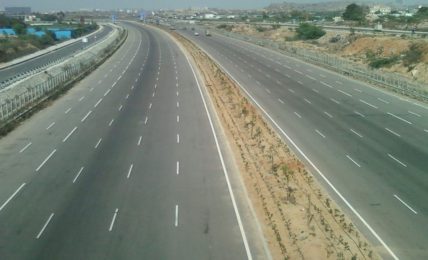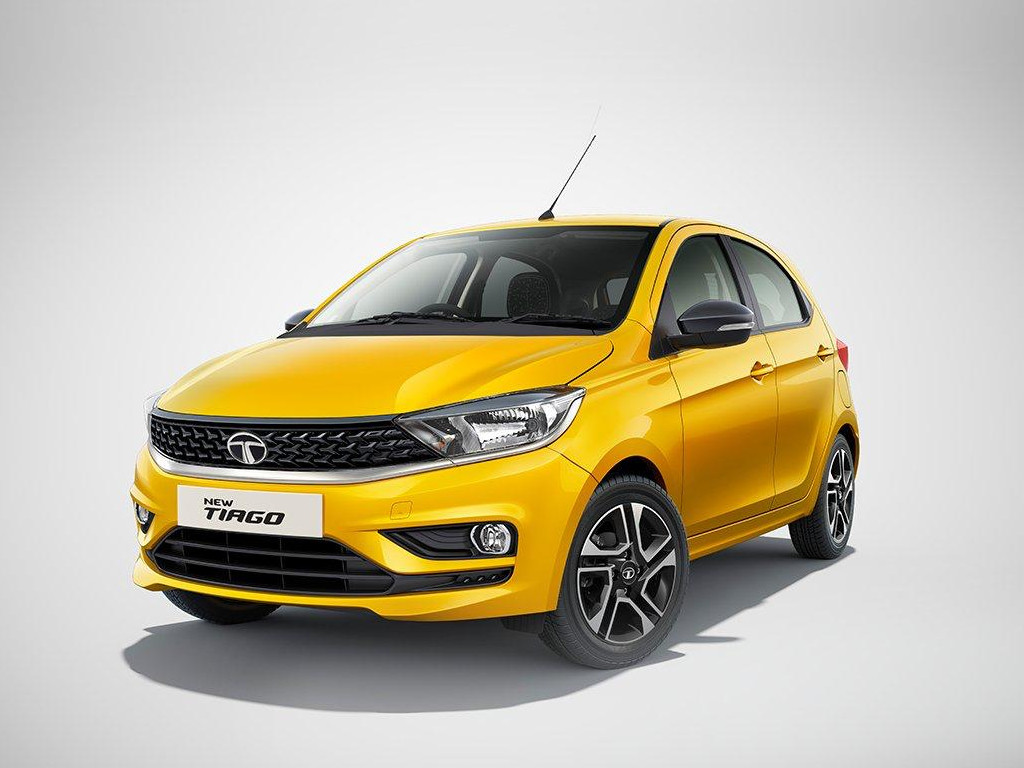The 10 interesting facts show some major changes that the Indian auto market has gone through over the decades apart from providing new perspectives.
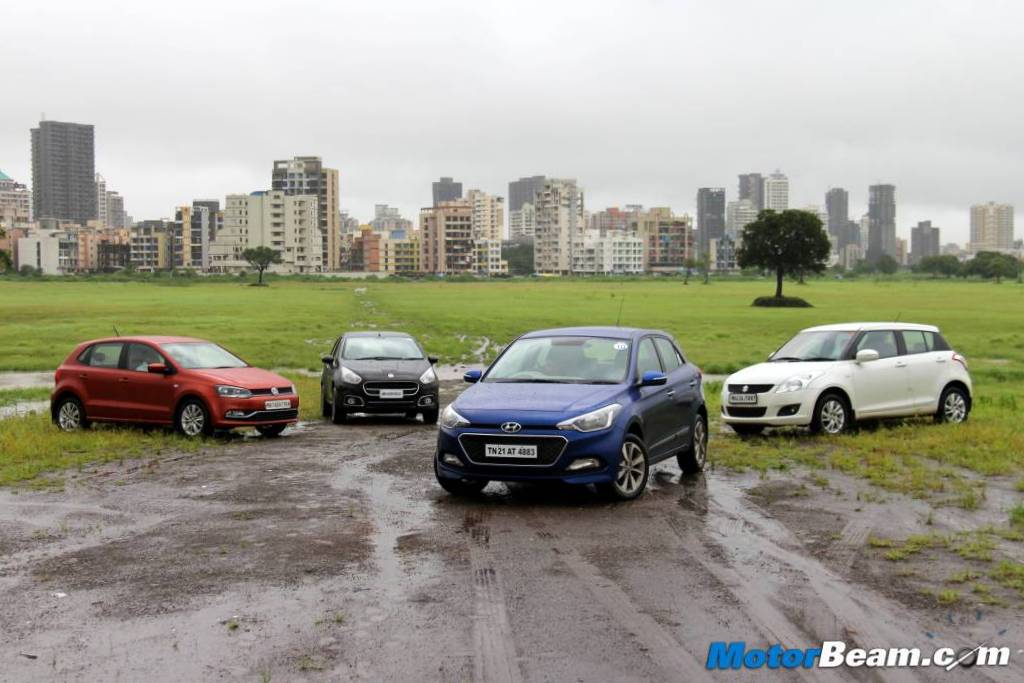
Economic liberation hit the Indian automotive industry during the mid-1990s and there has been no looking back ever since. With a host of international manufacturers making their way to India along with domestic manufacturers growing exponentially, growth has been at the foreground of the industry’s priorities not only for the four-wheeler sector but the two-wheeler as well. Completing two decades of economic liberalization, these very interesting facts, figures and statistic have emerged online lending a different perspective to the automotive industry while also offering a better understanding. So the next time you sit over an automotive discussion, make sure you mix one of these in your conversations.
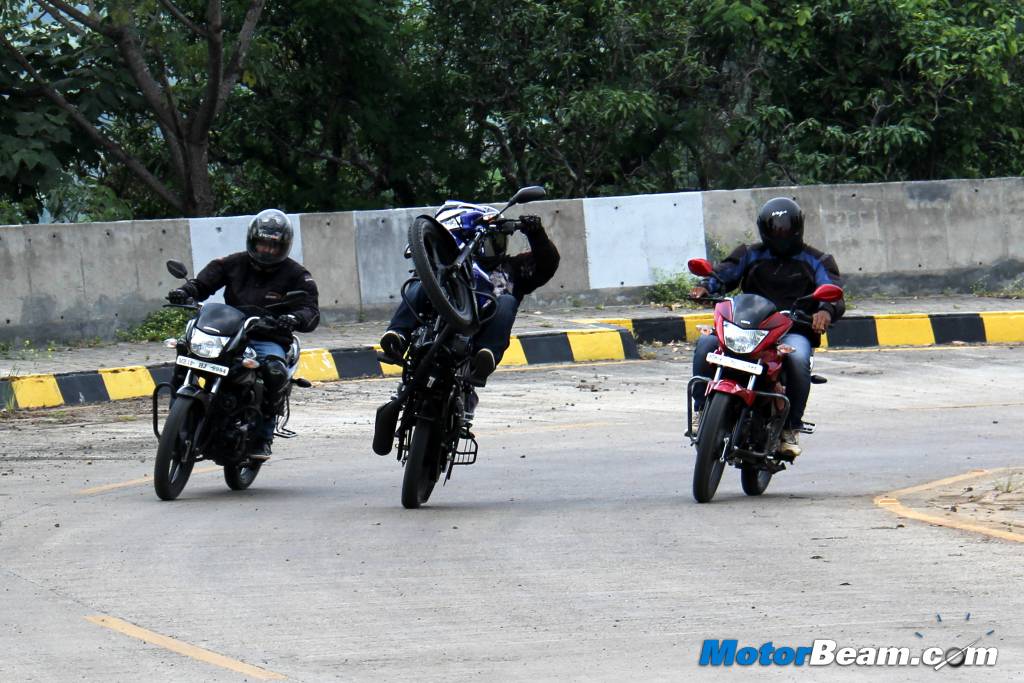
1) 8 out of 10 two-wheelers sold in India are from Hero, Bajaj or Honda – 1,60,04,581 two-wheelers were sold in the country during the 2014-15 financial year; of which 1,25,00,000 units sold were either a Hero, Bajaj or Honda product. Hero MotoCorp is the highest selling two-wheeler maker in the country while Honda is aiming to be number one from its current second position. Bajaj despite the recent slump in sales, still continues to be a popular choice for the masses.
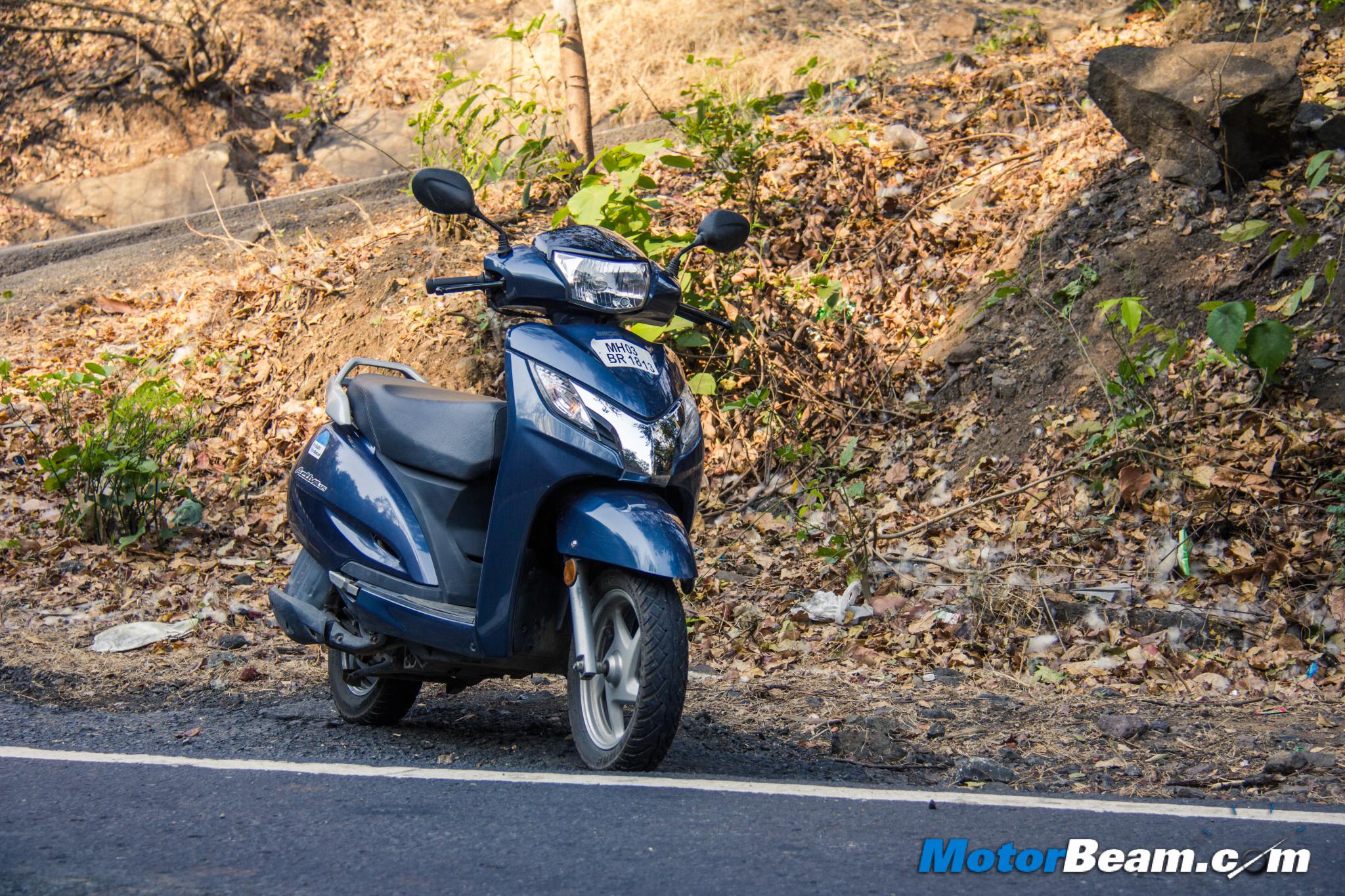
2) Every second scooter sold is a Honda Activa – What can be said about the Activa that hasn’t been said before. Honda’s most popular offering in India and the country’s second most selling two-wheeler, the Japanese auto giant sold 1,73,087 units of the Activa in April 2015 contributing to the total scooter sales of 3,44,752 units for the month. Simple maths suggests that out of every two scooters that hit the market, one of them was the Honda Activa.
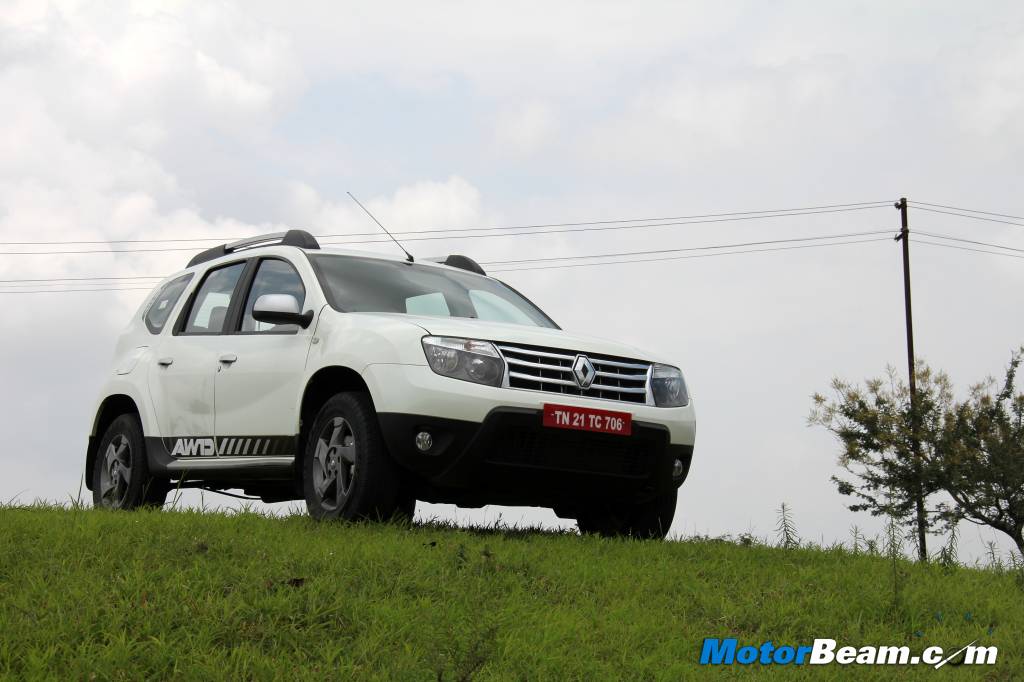
3) 9 out 10 Renault’s sold in India is a Duster – Renault sells six products in India, but only one has managed to make the cut when it comes to sales. The Duster with its butch appearance, compact dimensions and peppy powertrain continues to be the French automaker’s best selling product in the country. Out of the total 43,384 passenger vehicles that Renault sold during the last fiscal, 39,279 units were Dusters, concluding that out of every 10 Renaults sold, 9 were Dusters.
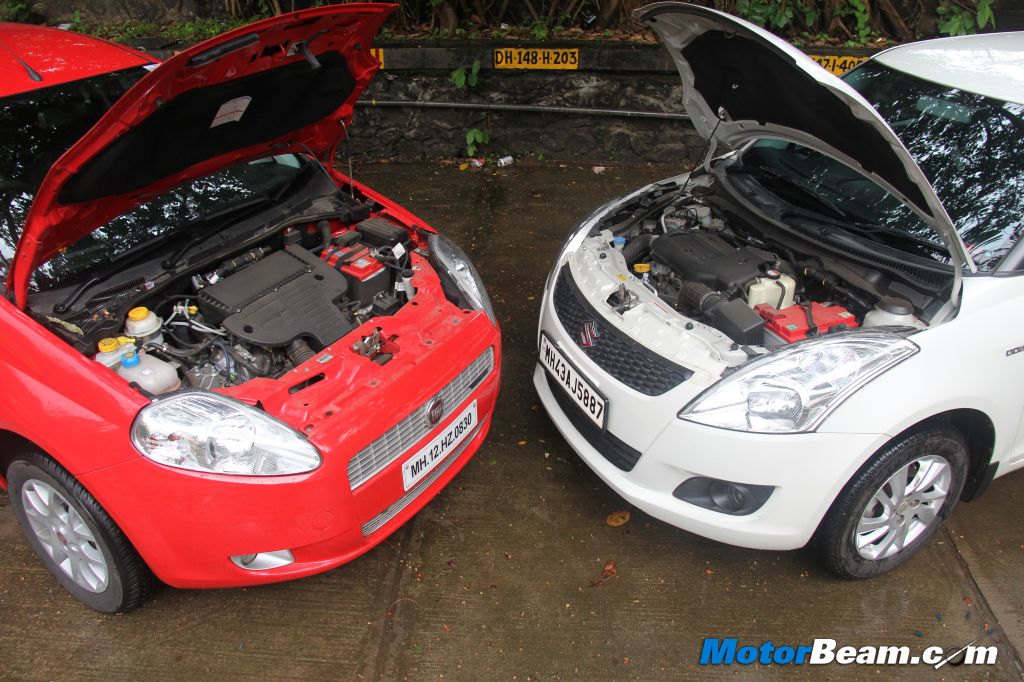
4) Fiat India’s total annual sales equal to Maruti’s three-day sales – Fiat is easily one of the most influential automakers we have in the globe, but somehow the company just gets lazy when it comes to its Indian operations. In comparison, Maruti is aggressive with its sales which help it retain the numero uno title in the Indian market. Two of the early birds in the Indian auto sector, this comparison certainly puts things in a new light. For the 2014-15 fiscal, Maruti sold 11,70,702 units while Fiat sold 10,380 units during the same period. Dividing Maruti’s numbers, the automaker sells 3207 units per day, that’s just three days taken to reach Fiat’s annual sales figure.
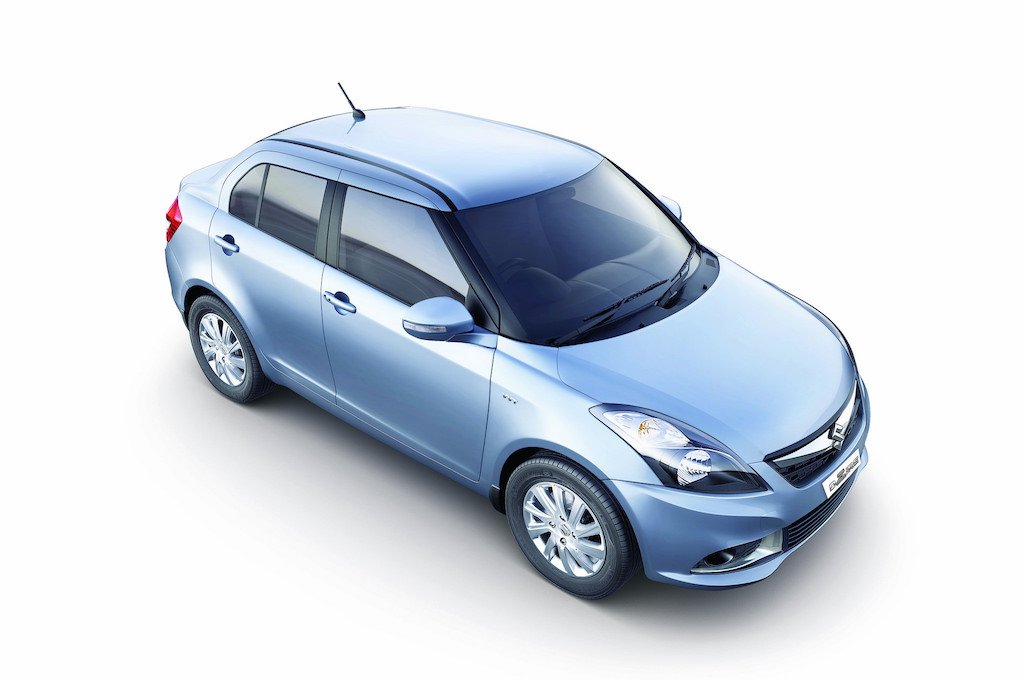
5) 2 Maruti Suzuki cars are sold every minute – Speaking of Maruti’s fascinating sales figure, the Indian auto giant retails around 2 vehicles every minute. To give you a perspective, the automaker has already sold six units in the same time that you took from the reading the title to reaching this point.
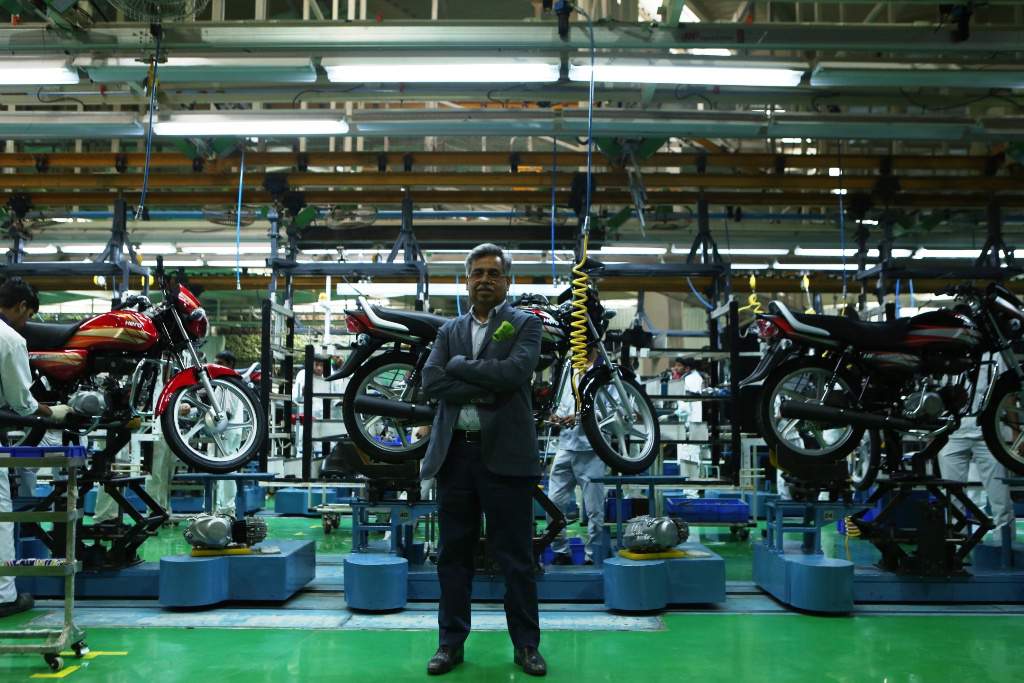
6) One two-wheeler comes out of the production line in every 2 seconds in India – One of the biggest global markets for two-wheelers, India represents exceptional growth prospects not only for the domestic players but global automakers alike. During the previous fiscal, around 1,84,99,970 two-wheelers were produced in the country which meant that a two-wheeler rolled off the assembly line in every two seconds.
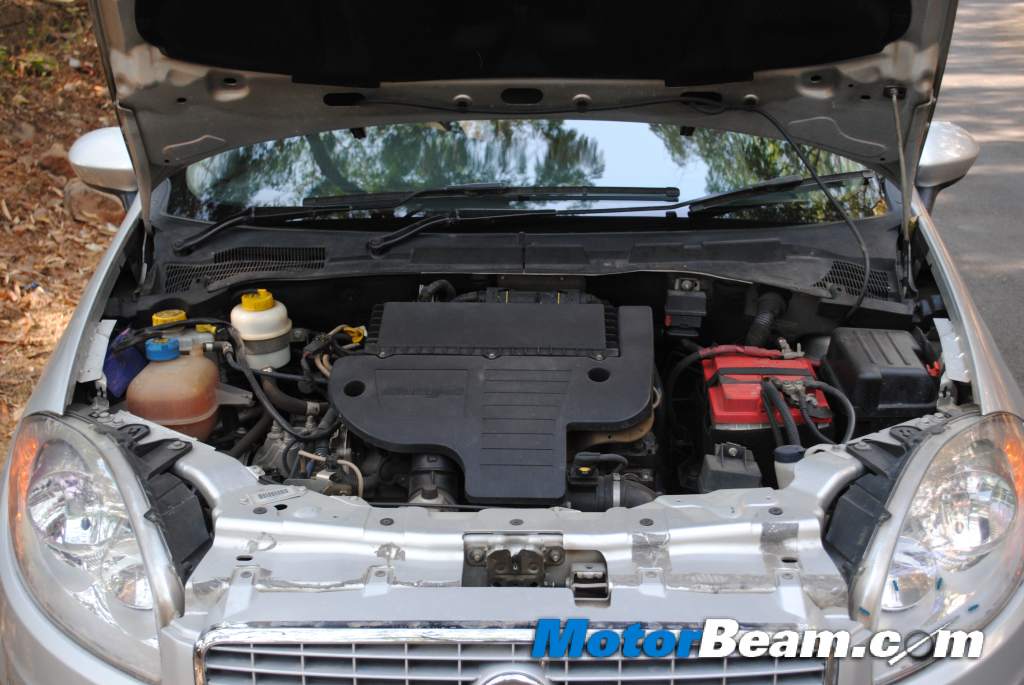
7) 16 models use the 1.3-litre MultiJet diesel engine from Fiat – Fondly called as the national engine of India, the 1.3-litre MultiJet diesel engine produced by Fiat seldom has failed to make an impression on any car. Probably the reason why Fiat does not care much about higher car sales is its contentment with selling this motor to almost every manufacturer. Around 13 models are powered by the 1.3-litre diesel engine in the country which include the Maruti Swift, DZire, Ritz, Ertiga and Ciaz; Premier Rio, Tata Manza, Vista, Zest and Bolt; Fiat Punto, Avventura and Linea; Chevrolet Sail, Sail hatchback and Enjoy. A derivative of this engine also powers the Chevrolet Beat diesel.
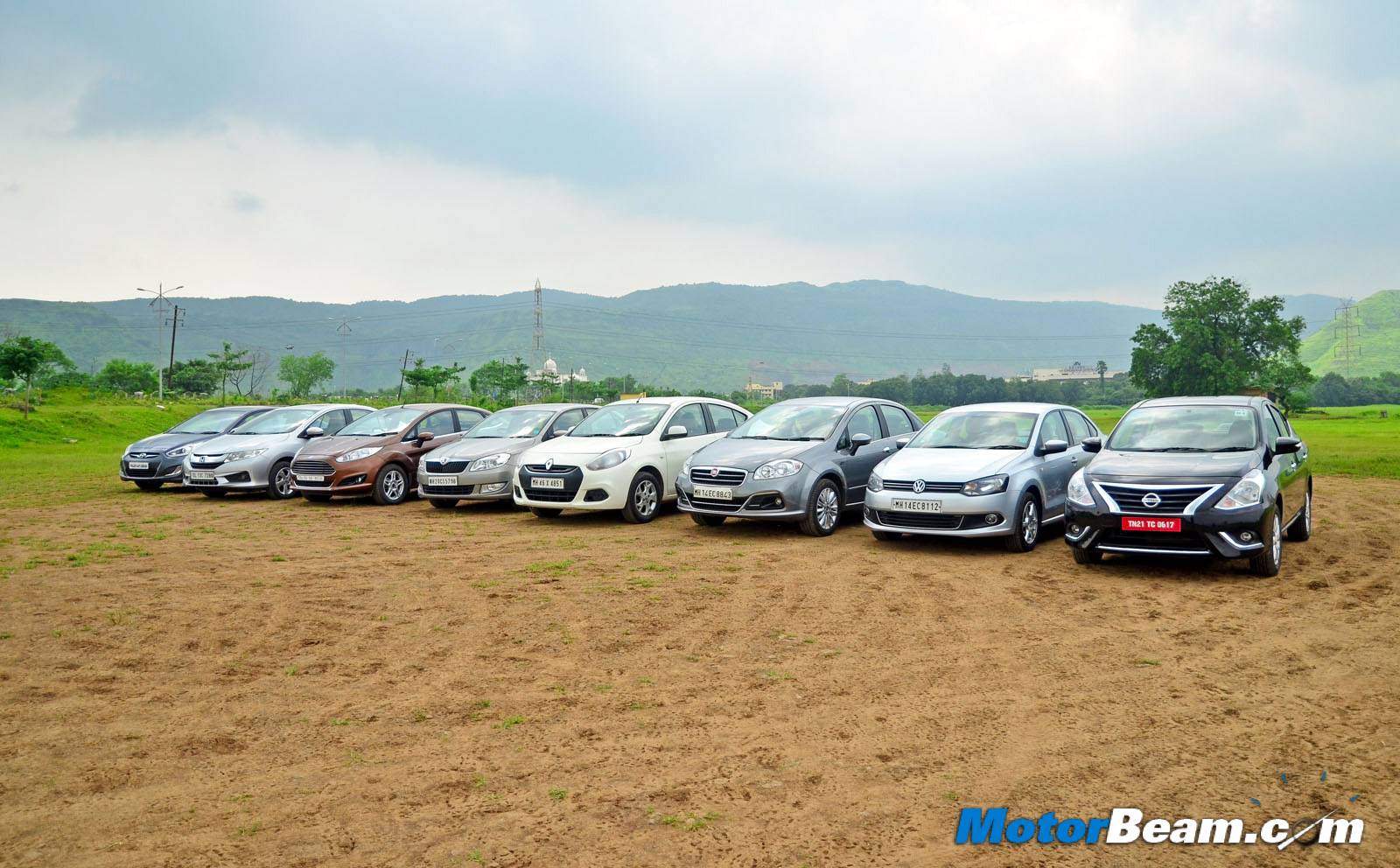
8) From the 3186:1 people per car ratio in 1995, India now has 481:1 people per car ratio – The Indian auto industry boomed forward post 1995 and has been multiplying over the years. Back then, the people per car ratio stood at 3186:1 with 3,00,000 cars produced for 956 million people in the country. Two decades later, the ratio stands at 481:1 with 26,01,111 cars produced for a population of 1.25 billion.
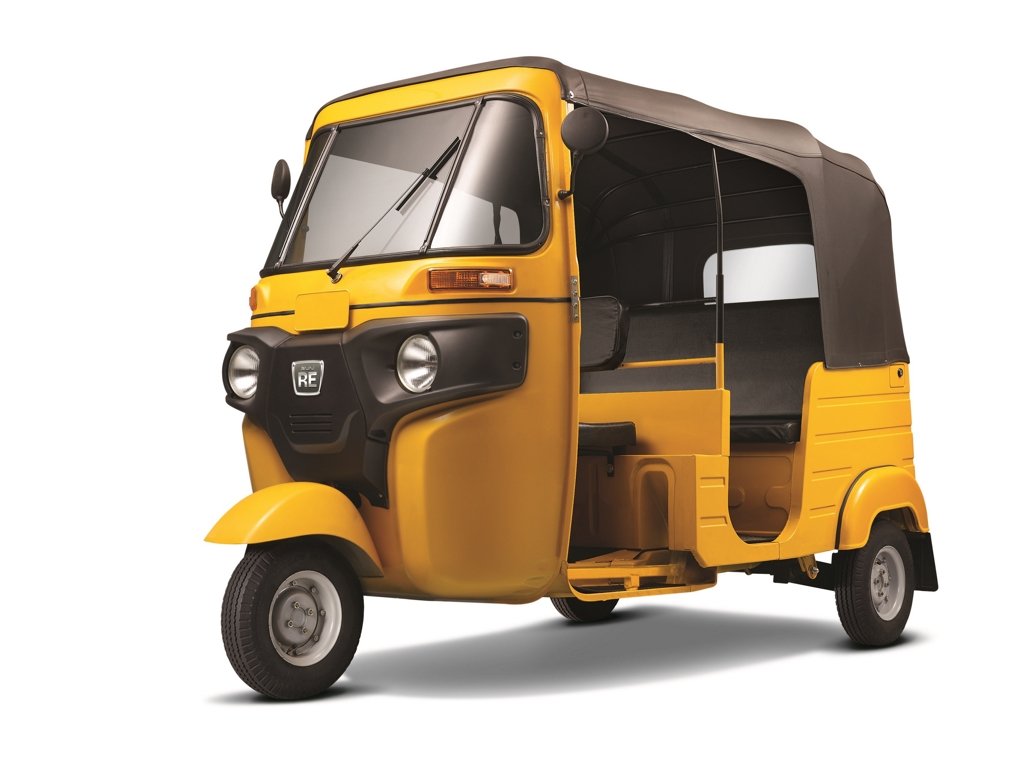
9) 1 out of every 2 passenger three-wheeler is a Bajaj – One of the first and dominant players in the passenger three-wheeler space, Bajaj has been synonymous with three-wheeler passenger carriers in the country with 2,34,345 units of three-wheelers sold last year out of the total segment sales of 4,32,234 units. This means that one out of every two passenger three-wheeler sold is from Bajaj Auto. Hamara Bajaj? Pretty much!
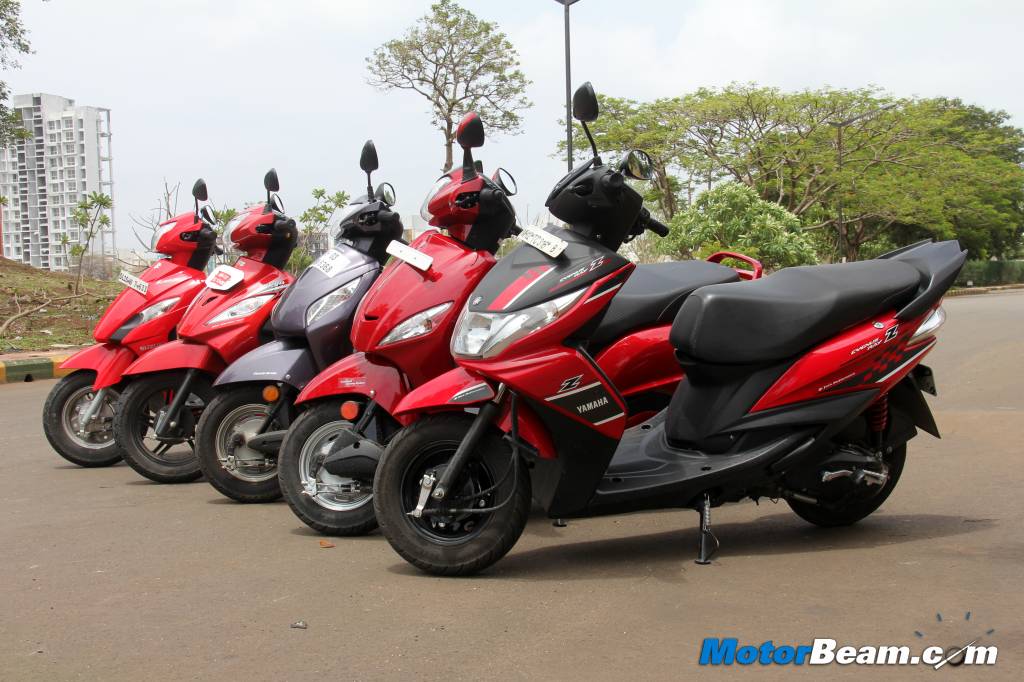
10) Scooter sales grew only 4.5 times since 1995, as against motorcycle sales which grew 17.3 times – The recent surge in scooter sales has surely been a mighty one with more and more manufacturers joining the bandwagon. However, the future is yet to arrive as the statistic show the larger picture on the canvas. Since 1995, scooter sales grew only 4.5 times over two decades while motorcycle sales grew by a whopping 17.3 times. Clearly, scooters have plenty of catching up to do.
Source – EconomicTimes.com


